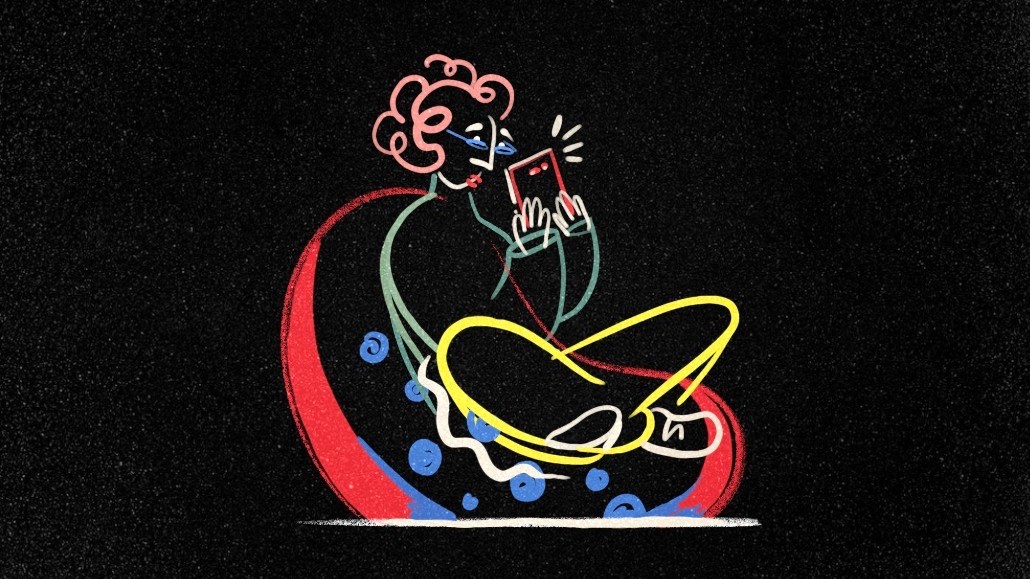
Some digital-only publishers, Complex and Nylon, are bringing back their print magazines this year after multi-year hiatuses. But their big returns — quarterly and biannually, respectively — are rooted more in special editions and collectables rather than traditional weekly or monthly runs.
And the magazine publishers, like Time, that have been regularly operating print businesses in these modern times, may have proven that this model is the way to go, especially when prioritizing newsstand distribution.
Take Time, for example, which is ramping up its special edition “bookazine” business and collectible covers in order to earn more reader revenue generated from newsstand, retail and direct-to-consumer sales.
While not a special edition, Time’s recent Person of the Year cover, featuring Taylor Swift, that was released in December, epitomized the power of collectibility, said chief business officer Maya Draisin. The issue was printed with three separate covers that were sold individually (at $9.99 each) or bundled together (for $19.89), in addition to being sent out to subscribers.
Draisin said that while there are typically 180,000 copies of any given issue distributed to retailers like Barnes & Noble, 837,000 copies of the Taylor Swift issue were sent to stores — a 365% increase over other single editions. “Taylor Swift sold more than we’ve seen since 2008 with [former President Barack] Obama on the cover … People buying all three [Swift covers] sold twice as much as people buying the next most popular cover as a single,” she said.
This year, Time has been trying to capitalize on the success of the collectible model by publishing more special interest publications (which the publisher calls “bookazines”), including with a “bookazine” celebrating Pokémon’s 25th anniversary, published in collaboration with Dotdash Meredith. Four covers variations of the initial run of the Pokemon magazine, priced at $14.99 each, released in February. The publisher is planning to rerelease it later this year with four new covers to further capitalize on the sales. She declined to share how many copies were sold during the first run or how many will be printed in the second run.
Print has always been a profitable business for Time, though print revenue has declined due to the dwindling readership of the medium, according to Draisin, who declined to share hard revenue numbers. Subscription revenue is tracking “pretty much exactly to what we projected,” allowing for predictability in the business amidst decline, she said. But investing in “bookazines” and special editions has helped to keep print profitable.
According to data shared with Digiday by the Alliance for Audited Media, Time’s total paid and verified print subscriptions have been in decline year over year between 2021 and 2023. Between the second half of 2023 and the same period in 2022, total subscriptions fell by 20% from 1.3 million to just under 1.1 million. Meanwhile, single copy sales increased significantly during that period year over year, from about 18,000 in H2 2022 to about 62,000 in H2 2023, a 244% increase — which can be largely attributed to the Taylor Swift cover.
Ahead of the Taylor Swift cover launch, Time switched its direct-to-consumer online magazine distributor to facilitate more sales faster, Draisin said. Time’s new DTC distribution partner, Accelerate 360, is able to ship out magazines globally within 48 hours, versus Time’s single issue shop that was only able to do domestic sales and took weeks to ship. Through its partnership with Dotdash Meredith, Time will also distribute the Pokémon “bookazine” to Asia for the first time.
Time is also contemplating launching a “bookazine-only” subscription or bundling “bookazines” into existing subscribers to try and further distribute these special editions.
Are advertisers being swayed to buy more print ads because of the bump in one-off sales and special issue collectibles, though?
Time’s print advertising business is presently sold 75% to its annual goal this year, said Draisin, who added that a new premium ad page was added to its print inventory between the cover and page one to accommodate advertisers with interest in having a premium position in the print editions. Draisin did not share what those goals were nor the pricing for the premium ad pages in the magazines.
“Digital’s awesome for scale, certainly, but the scarcity of print at this point and the tangibility of it makes it very desirable [to advertisers],” said Draisin.
When it comes to special interest publications, one buyer said on the condition of anonymity that the industry’s “renewed commitment to them” has put more reassurance in print. The fact that consumers are willing to pay more money for a niche-focused issue outside of a standard subscription reinforces the audience’s desire and adds security that eyeballs will be present on the page.
But, the buyer told Digiday that their clients’ budgets rarely, if ever, have a line for print spent anymore. And if they do buy print ads, it’s more often than not baked into part of the holistic media plan that a brand is buying from a publisher — particularly if it’s tied to a franchise or event.
“The marketplace has right-sized,” said the buyer. “It is not channel-centric. It is magazine brand-centric.”
This article has been updated to clarify Time’s distribution partnership with Dotdash Meredith for the Pokémon bookazine.
More in Media

‘JG believed that even in a demanding industry, it was possible to lead with both rigor and humanity’
The industry pays respects to OpenX CEO John Gentry, who sadly passed away last week.

The Rundown: Google has drawn its AI payment lines — and publishers’ leverage is narrow
For publishers trying to navigate AI licensing, the message was blunt: Google is willing to pay for access, but not for training – and it remains unwilling to define AI Overviews as a compensable use of journalism.

Media Briefing: Google’s latest core update a reminder that pageviews can’t remain the primary metric
Google’s latest core update signals pageviews can no longer be the primary metric, favoring intent-solving publishers over scale.








